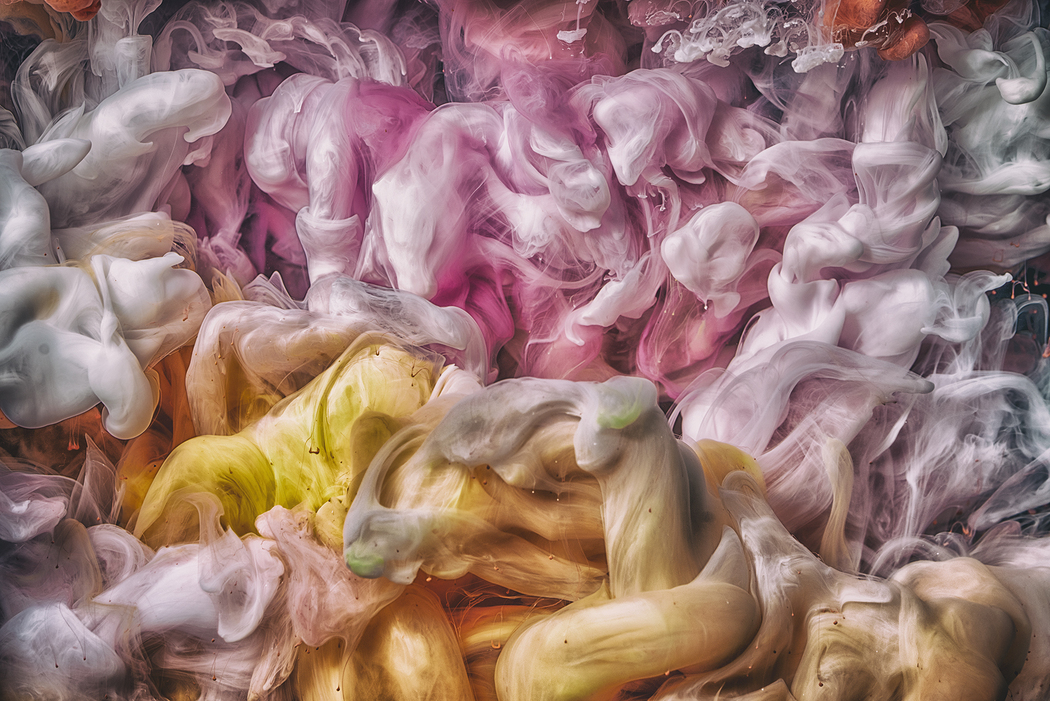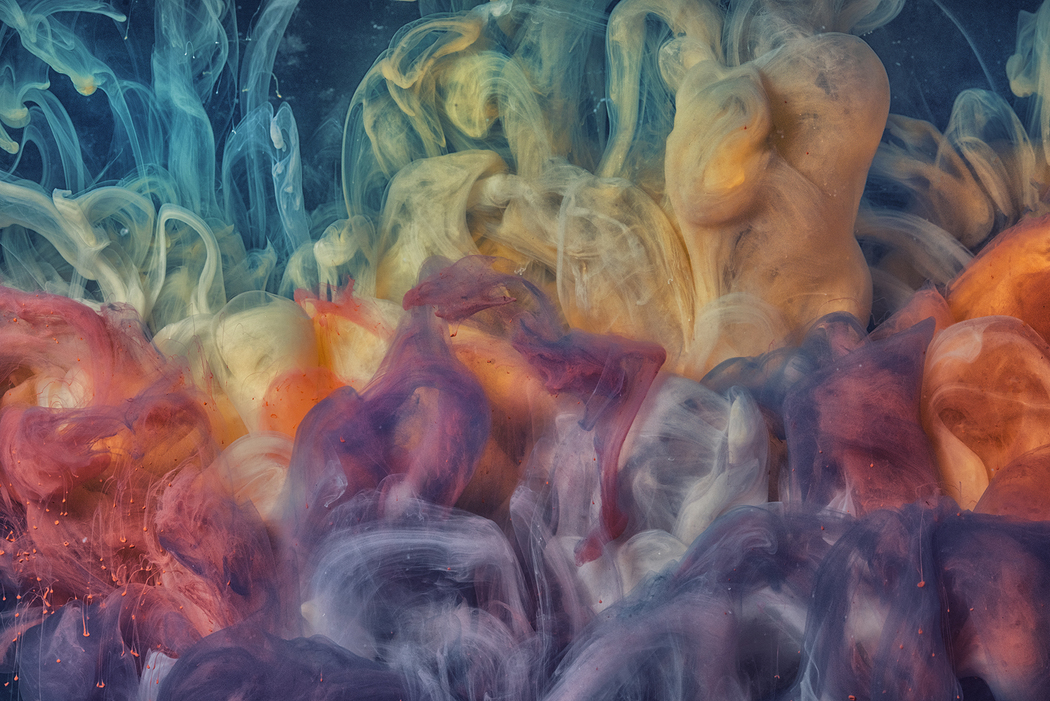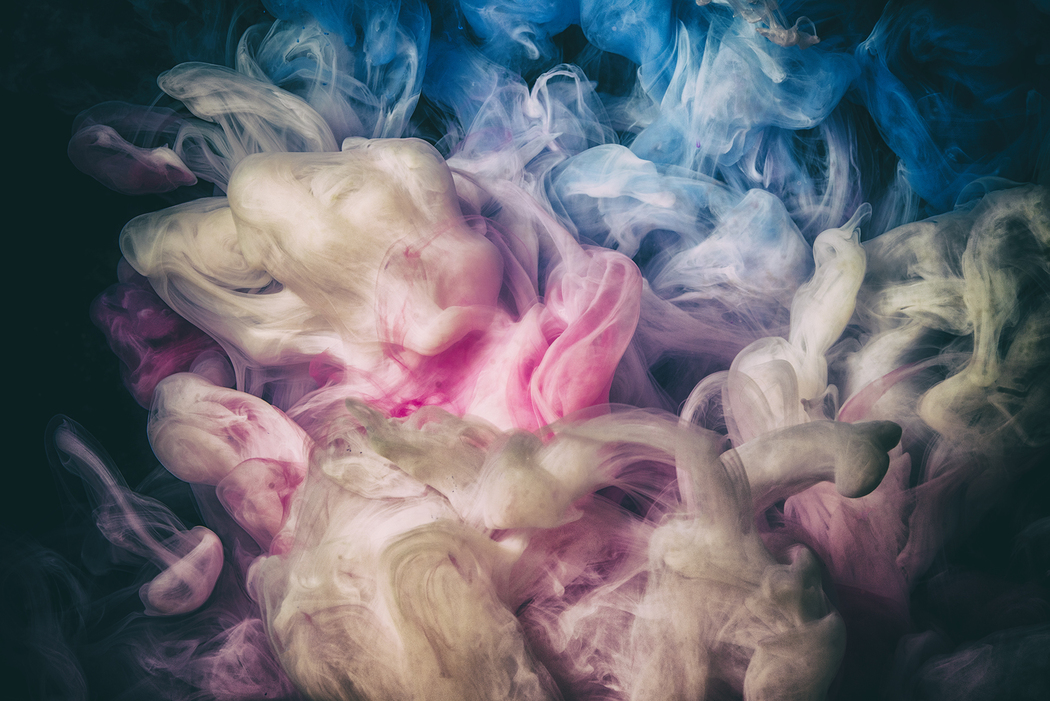Night8bird
You discovered photography at 16 — what do you remember most vividly about those first experiments with your father?
I think what left the biggest impression on me when I was young and just starting out with film photography with my father was the darkroom he set up for me. Thanks to that, I was able to start working in black and white and experimenting with photograms.
How did Man Ray’s work influence your early explorations in photography?
Man Ray influenced my early experiments and guided my first steps in artistic exploration—especially with rayographs and solarization. I was, and still am, fascinated by his techniques, which helped me find my own path in creative work.
 Gaëtan Changeur | Liquid Soul 1253 | 2025
Gaëtan Changeur | Liquid Soul 1253 | 2025
“Liquid Soul” explores transformation and fluidity — how do you approach capturing such ephemeral phenomena?
At the beginning, ‘Liquid Soul’ was born out of an experiment. I found a small aquarium on the street, without really knowing what I would use it for. I poured in some inks just to see what would happen and whether it might be visually interesting from a photographic perspective. Now, almost ten years later, I follow a shooting protocol that’s often the same: a larger aquarium, continuous lighting, and my mixtures of acrylic paint. Even though the results remain unpredictable, I try to control as many shooting parameters as possible. I use a macro lens because I find the texture and material more visually compelling that way, even though focusing is more challenging than with a standard lens.
How do you choose the materials — inks, paints, etc. — that become part of your compositions?
I choose my paint based on how it interacts with the water in the aquarium. I mostly use acrylic paint, which I dilute very little to achieve the richest possible texture. I initially used milk because I found its density offered a good balance. But now I have different mixtures of paint stored in various containers—the most important thing for me is color harmony. I use inks to tint the water and create different backgrounds. Just like a painter, paint is my starting material—and nothing else.
 Gaëtan Changeur | Liquid Soul 7834 | 2025
Gaëtan Changeur | Liquid Soul 7834 | 2025
Do you plan your images in advance, or is the process more intuitive and improvisational?
I often try to plan my photographs in advance by working on the framing and lighting. But more often than not, the best results are completely random. That’s what makes each shot unique—something that can never be exactly reproduced. It’s frustrating, and at the same time, it’s the magic of this kind of experimentation. You can never fully control the final outcome. Everything lasts only a few seconds before it all becomes blurred.
How do you achieve balance between control and chaos in your underwater scenes?
It’s often difficult to find a balance between control and chaos. More often than not, chaos wins that battle. There are many failed attempts for only a few interesting photographs. Over time, I try to better control that chaos, but it always proves stronger. A method that worked once doesn’t necessarily guarantee a good result the next time.
 Gaëtan Changeur | Liquid Soul 8995 | 2025
Gaëtan Changeur | Liquid Soul 8995 | 2025
Your images evoke otherworldly forms — what kinds of reactions or interpretations from viewers have surprised you the most?
What I love about this photographic work is that the interpretation is entirely up to each viewer. Personally, I often see life forms from the deep sea or beings from another planet. People often tell me they see intertwined human bodies, faces, or visions of extraterrestrial worlds. I’m always surprised by how viewers interpret my photographs.


Leave a Reply